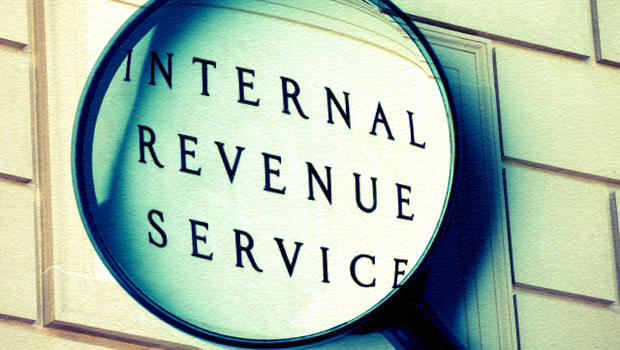Not every decision the IRS makes is absolute. In fact, most of the IRS’ most significant conclusions and findings are subject to potential review by a neutral examiner at the taxpayer’s request. However, not every taxpayer who disagrees with the IRS should appeal the decision. But for those that do, the following is a general overview of the appeals process.
When and Why to File an Appeal
The following is a sample list of typical IRS decisions that can be appealed:
- Offer in Compromise
- Audits
- Liens and Levies
- Tax penalties
Any dispute that deals with a legitimate tax issue, such as a legal or factual disagreement, can be appealed. What can’t be appealed are religious, constitutional, political and moral disagreements with the IRS. Also, you can’t file an appeal for the sole reason that you can’t pay the tax debt the IRS believes you owe.
Submitting the Appeal
In order to handle the appeals process, the IRS has set up the Office of Appeals, which is a completely separate and independent office from the IRS. The goal of the Office of Appeals is to resolve tax disputes without resorting to the courts, which can be a costly and drawn out process for both sides.
The appeals process begins after an audit or some other tax decision. Following the decision, the IRS will ask the taxpayer to either accept or appeal its decision within a particular time period, which is usually 30 days. The taxpayer has two potential methods of proceeding with an appeal.
The first method is the Small Case Request appeal. This method is only available where the taxes, penalties and interest at issue for a particular tax year add up to $25,000 or less. When making this request, the taxpayer must explain what the taxpayer disagrees with and the basis for that disagreement.
The second method is the Formal Written Protest appeal, which is required for disputes amounting to more than $25,000. In a Formal Written Protest appeal, the taxpayer must provide the following information or take the following actions:
- The taxpayer’s contact information, such as address and phone number.
- A copy of the letter containing the IRS’ decision for which the taxpayer is appealing.
- Identify the tax years at issue.
- The specific IRS decisions or findings that the taxpayer disagrees with.
- Facts and specific laws that support the taxpayer’s belief that the IRS made an incorrect determination.
- Swear to the following statement: “Under the penalties of perjury, I declare that I examined the facts stated in this protest, including any accompanying documents, and, to the best of my knowledge and belief, they are true, correct, and complete.”
Once the appeal is submitted, the taxpayer should hear back from the Office of Appeals within 90 days, when a conference will be scheduled. These conferences are held before a Settlement or Appeals Officer and usually fairly informal. The taxpayer can have a CPA or attorney represent them if they choose. Occasionally, the appeal can be handled over the phone or by mail.
Following the conference, the Appeals Officer will make his or her decision and try to reach a settlement with the taxpayer. These settlements commonly side with the taxpayer at least to some extent, since the Appeals Officer wants to avoid the taxpayer being unhappy with the results of the appeal and taking the case to trial.
If a settlement can’t be reached and the Appeals Officer sides with the IRS, the taxpayer has the option to further challenge the IRS in a court of law.
In Closing
The appeals process is not something a taxpayer should decide to do as a knee-jerk reaction to an IRS decision the taxpayer disagrees with. There are many things to consider before initiating the appeals process. For instance, the Appeals Officer may bring up issues that the IRS auditor missed. Also, during appeals process, any interest will continue to accrue. The decision whether to appeal, as well as the appeals process, can be difficult for the typical taxpayer, so professional tax advice is highly recommended.

